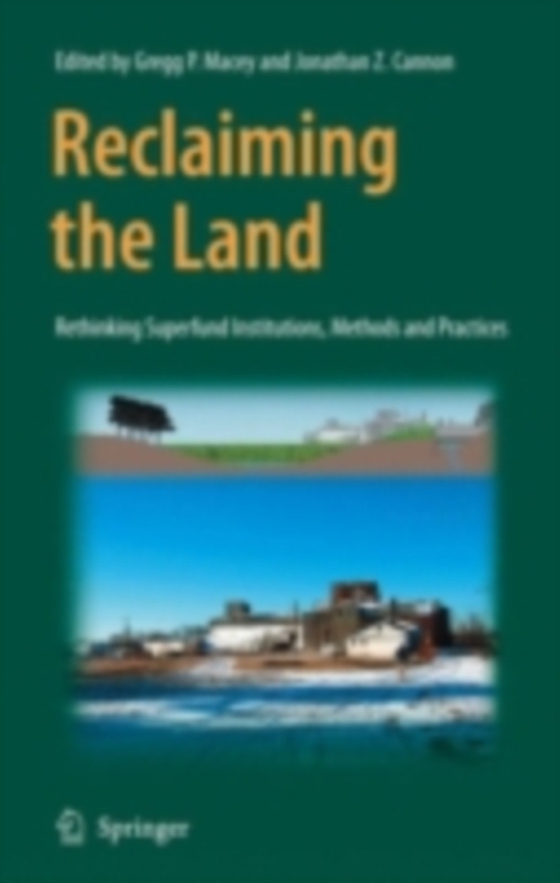
Reclaiming the Land e-bog
875,33 DKK
(inkl. moms 1094,16 DKK)
Marianne Horinko Executive Vice President, Global Environment and Technology Foundation On August 7, 1978, President Carter declared a state of emergency in the community of Love Canal, New York. The President urged residents of Love Canal to evacuate, not because of a recent catastrophic event, but because of something that occurred in the 1940's and 1950's. This Niagara Falls community had be...
E-bog
875,33 DKK
Forlag
Springer
Udgivet
22 juni 2007
Genrer
Environmental economics
Sprog
English
Format
pdf
Beskyttelse
LCP
ISBN
9780387488578
Marianne Horinko Executive Vice President, Global Environment and Technology Foundation On August 7, 1978, President Carter declared a state of emergency in the community of Love Canal, New York. The President urged residents of Love Canal to evacuate, not because of a recent catastrophic event, but because of something that occurred in the 1940's and 1950's. This Niagara Falls community had been developed on land that was formerly used as a landfill. Although the landfill was closed in 1953, it had been a dumping ground for tons of chemical wastes, and that waste would eventually create an environment extremely dangerous to human health. The image of chemicals seeping into the basements of American homes would produce widespread panic, but would also raise the environmental consciousness of a nation, and produce a legislative response that was equal to the task. Americans celebrated the first Earth Day in April, 1970. Throughout the rest of the decade, we passed legislation intended to fulfill the promise of that day: to create a clean and safe environment. However, there were still holes in our environmental protection in 1978, evidenced by the problems at Love Canal. In response, Congress passed the Comprehensive Environmental Response, Compensation, and Liability Act (CERCLA) or, as many people call it, Superfund. Passed in 1980, this law was intended to address problems like the ones faced at Love Canal.
 Dansk
Dansk

